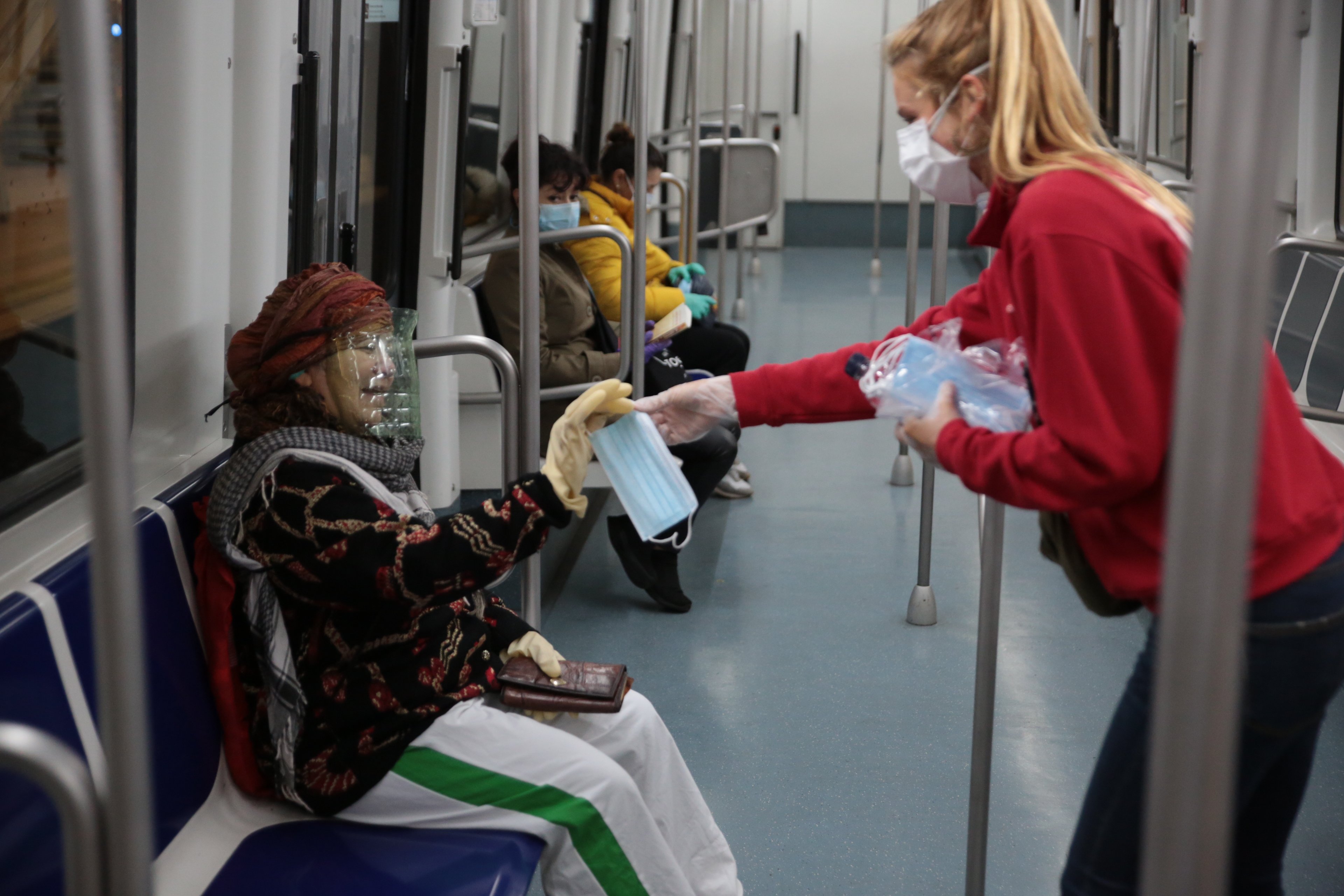The Spanish health ministry has this Wednesday given the green light for the whole of metropolitan Barcelona and the health region of Lleida to move to Phase 3 of coronavirus de-escalation from tomorrow, Thursday. This early move means that all of Catalonia will be in the same phase, and thus there will no longer be limitations on movement throughout Catalan territory.
The proposal was accepted in a bilateral meeting between the Spanish health minister, Salvador Illa, and his Catalan counterpart, Alba Vergés, with health specialists also taking part. With the whole of Catalonia in Phase 3, this means that full management passes into the hands of the Catalan government, which plans to meet tomorrow to decide when it will move to the "new normality", the end point in the four-step process.
These regions can remain in Phase 3 for a maximum of four days, as on Sunday, Spain's state of alarm is lifted and all territories will automatically switch to the new normality. However, all indications are that Phase 3 in Catalonia will be more fleeting than this, as Catalan government spokesperson Meritxell Budó advised yesterday. The Catalan executive intends to remain at this stage for the "minimum time essential", and in fact is considering a move to the normalised state in just "a few hours or a day."
In this new situation, the Catalan government will regulate provisions on specific aspects such as mobility, protection of the most vulnerable groups, the use of masks and isolation obligations for people with Covid-19 symptoms, among other areas.
El @boegob publica mañana la orden de paso a #Fase3 de Barcelona y Lleida.
— La Moncloa (@desdelamoncloa) June 17, 2020
▶Cataluña tendrá capacidad de movimiento por toda la comunidad autónoma
▶Mañana, el 78% de la población de toda España estará en la Fase 3
Más info👇https://t.co/O7QrxaLjWy#EsteVirusLoParamosUnidos pic.twitter.com/zcHab8Mgz2
Translation:
"The official Spanish state gazette will tomorrow publish the order permitting Barcelona and Lleida to move to Phase 3. In Catalonia people will have the ability to throughout the entire autonomous community. Tomorrow, 78% of the Spanish population will be in Phase 3." — La Moncloa (Spanish government)
What's allowed in Phase 3?
In Phase 3, power reverts to the Autonomous Communities and thus, as of Thursday, the government of Catalonia fully regains its competence over health, which up till now has been centralized by the Spanish government. As well, there are some measures in Phase 3 which the communities can readjust according to their own criteria.
The published measures in Phase 3 are:
- Total elimination of timeslots to go for walks and practice sports
- Gatherings permitted for up to 20 people, or up to 30 for "active and nature tourism" and up to 80 in the case of conferences or business meetings
- Terraces of bars and restaurants may open to 75% of capacity, and seats at the bar (ie, the counter) is allowed, maintaining safety distances
- Mobility is permitted within the health region (in the case of Catalonia, among all health regions)
- All shops may open at 50% of their normal maximum capacity
- Hotels and tourist accommodation may use common spaces at up to 50% of normal maximum capacity
- Nightclubs may open at one third of normal maximum capacity (but without use of the dancefloor, except as a space for tables)
- Cinemas and theatres may open to 50% of normal maximum capacity
- Sport in indoor spaces is permitted individually or for two people as long as there is no physical contact
- Outdoor leisure activities for children are allowed with a maximum of 200 participants, and indoors with a maximum of 80
- Vigils and wakes for up to 50 people may be held outdoors and up to 25 if indoors
- Weddings (up to 75% of normal maximum capacity of venue), outdoors for up to 150 people and indoors for 75
- Face masks must be worn in public places by everyone aged six and over (with some exceptions)
- Autonomous communities regain their powers in health, which are no longer centralized by the Spanish government
MAP | Coronavirus infections in Catalonia by municipalities and neighborhoods
GRAPHS & DATA | Latest coronavirus statistics for Catalonia and Spain

